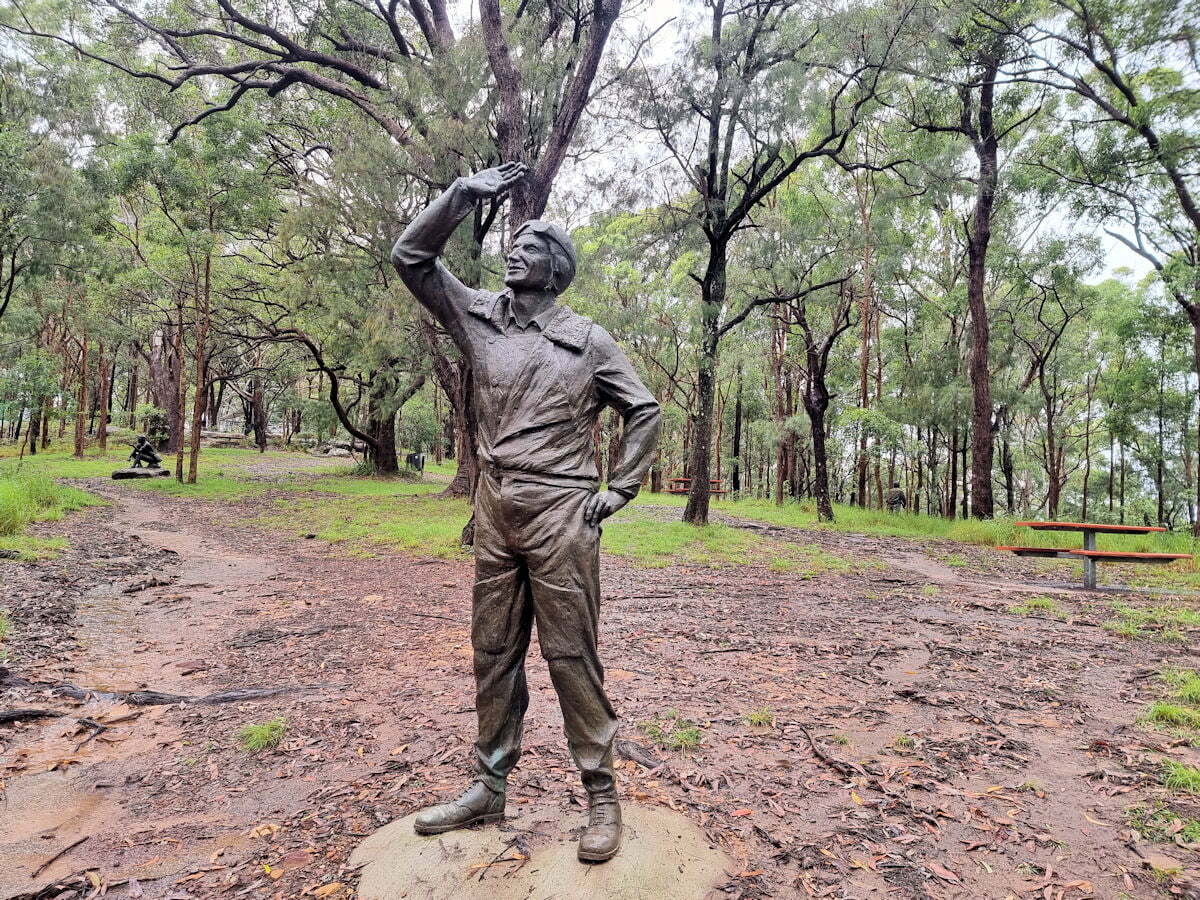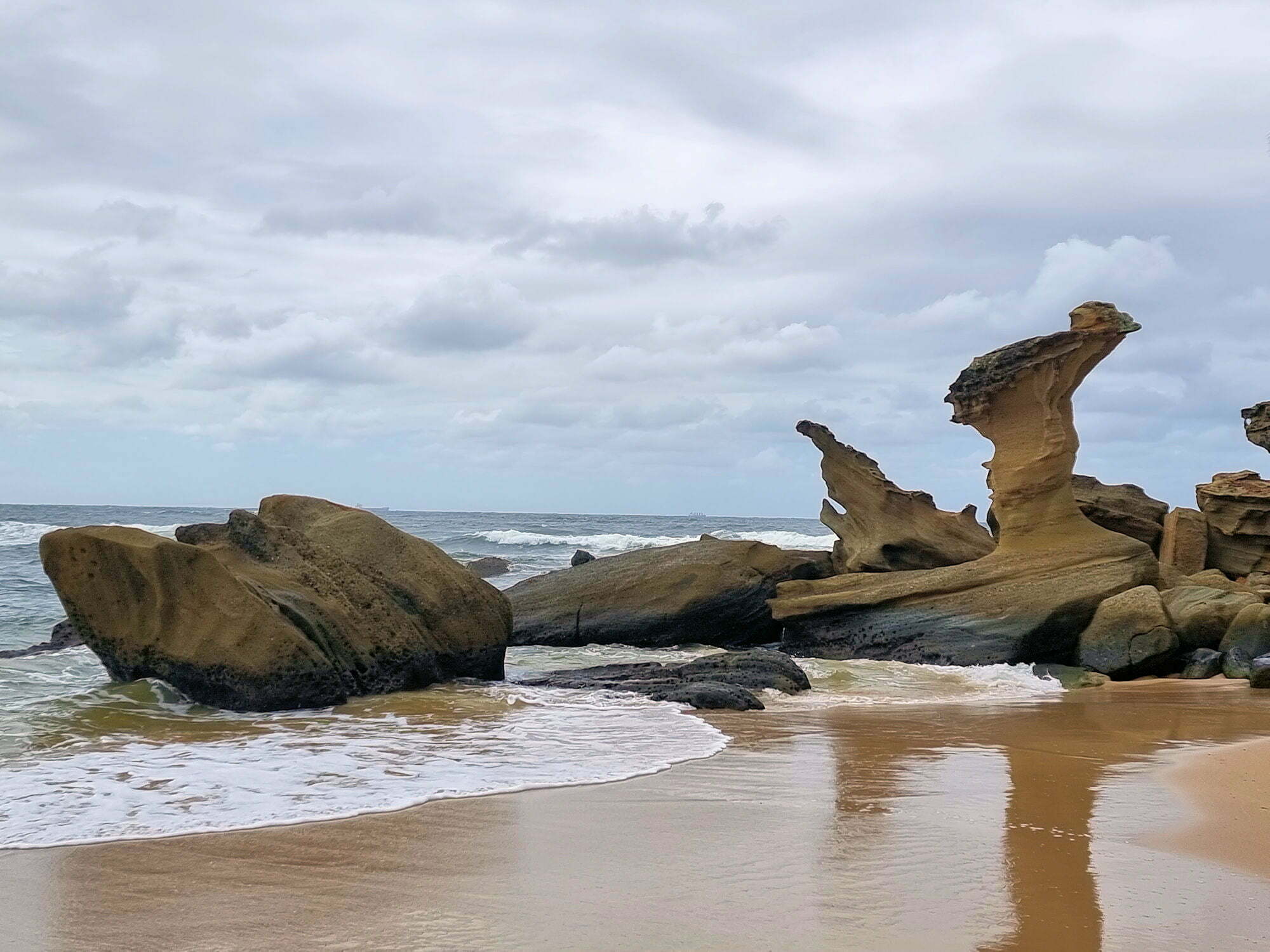Category: Central Coast
-
Alison Homestead Wyong Australia

Alison Homestead Wyong Australia Set on one of the original land grants in the area, dating from 1825, the Alison Homestead is the home of the Wyong District Museum & Historical Society. Although the original homestead was the subject of an arson attack in 2011, the rebuilt building has many great items generously donated by… Read more
-
Rumbalara Reserve Statues

Rumbalara Reserve Statues On a wet and rainy morning, we decided to go bush walking at Rumbalara Reserve near Gosford to see the statues. The forecast said some light drizzle clearing to a fine day. Well, it rained all the way during our drive there, where on arrival we waited another hour for the rain… Read more
-
Hargraves Beach Rock Sculptures

Hargraves Beach Rock Sculptures Central Coast New South Wales Australia These wonderful rock sculptures are on Hargraves Beach on the New South Wales Central Coast north of Sydney. Formed over thousands of years by wind rain and the sea, they have formed some amazing shapes. The largest one originally had a larger top, but too… Read more